Okanagan City
Okanagan City is the city that surrounds and supports the activities of The Warren, and is the center of government for the Lapin Protectorate. Once a series of smaller cities, towns and villages, its population swelled considerably after the zombie apocalypse in The First Word War, the establishment of the Lapin Protectorate, and the formation of The Warren military base.
Government
Each district maintains its own District Council, which reports directly to the City Council and the Mayor. The Mayor is elected from the population of the city, and can live in any district, but must live within Okanagan City for at least six months of the year. There are often significant differences in the ways in which each Council is run, as the populations of the different districts have different needs, and old district-based rivalries remain active.
For the most part, the government of the Protectorate leaves the city to run its own affairs. However, they can and will intervene when it is in the best interests of the Lapin Protectorate as a whole. For instance, some of the Agricultural Land Reserve was shifted so that it encompassed land that was actually beneficial to agriculture, and didn't necessarily favour developers with friends on the District Councils. The local mass transit system was also considerably revamped by the Protectorate, who felt that an easily-accessible and widely available public transit system was essential to the efficient running of the city. The Protectorate subsidizes the transport system so that it is more easily accessible in outlying areas, and is more friendly to the disabled. There is a surcharge of a couple of cents per litre at the gas pumps in the area to help cover the expense.
Okanagan City is policed by what was once the RCMP (Royal Canadian Mounted Police,) now revamped into the RLP (Royal Lapin Police.) This is a policing agency with federal as well as local jurisdiction, and it is partially funded by city taxes and partially funded by federal taxes.
Defences
Okanagan City is dominated by the Warren and the large military base located in Vernon. The Warren now tunnels under most of the Vernon district. The Kelowna Armoury and the Vernon Department of Defense grounds are home to the British Columbia Dragoons, a cavalry regiment of the Lapin Armed Forces. Every major urban area also hosts an underground bunker with a well-stocked armoury. With incentives provided to join the local militia and the ever-present threat of the Undead Horde, most of the local adult population has at least some military training and can be armed at very short notice.
Industry & Trade
Up until the establishment of the Lapin Protectorate, the primary industries in the Okanagan were either agricultural (orchards, vineyards, and ranching) or retirement and tourism-based. However, as the center of the Lapin government and military are in the city, most of its present industry and economy centers around that.
Traditional crafts, such as smithing, are in a local Renaissance, driven in part by the interest of James Woodwright, Captain of the Owsla, and Princess Rowean's goals of self-sufficiency and sustainability.
While the Lapin Protectorate has more of a socialist bend than many of its neighbours, it is still a capitalist system, and white collar business continues. The largest currency exchange is in Kelowna. Real estate is a huge industry in the Okanagan for obvious reasons. That said, a fair bit of money has also been put into low-cost housing, and respectful and efficient homeless shelters and soup kitchens.
Infrastructure
The primarily artery of the Okanagan is still known as Highway 97, although the actual number of highways in the Lapin Protectorate have shifted considerably with its borders. It runs through the valley from north to south, and connects almost all of the districts of the city. Traffic jams can be a problem during rush hour, as expanding the highway is difficult because it runs along the shores of several of the valley's many lakes. A massive blasting project is expanding the highway from two lanes in some areas into four lanes, but this involves reforming significant rocky terrain.
Since the protection of the public is one of the primary duties of the monarchy, a great deal of public funding has been put into providing bunkers in all major urban areas. In Vernon, this function is effectively absorbed by The Warren, but these bunkers are also present in Kelowna and the other major urban areas. They are designed to house the population for up to three months.
Since the rebirth of literomancy, Okanagan City incorporates magic into its infrastructure. Permanent sigils which can be activated by the bearers of particular talismans can be used to purify the water, clean the sewers, and process waste. There is a strong emphasis on providing food and medicine locally without having to look to outside sources, since transportation is by nature unreliable during Word Wars, and there is a movement to work towards more sustainable practices, which is a pet project of Princess Rowean's. Waste is recycled when possible; locals have compost pickups that accept all forms of organic waste products, and that make use of things which cannot be recycled as raw materials for literomantic construction projects. There is a bustling barter system, established in the first year of the Tome Wars, which has become quite popular with the locals.
There are several hospitals currently under construction, as the local infrastructure was insufficient to the expanded population. However, Kelowna General Hospital has one of the best cancer clinics and physiotherapy clinics in North America, and Vernon Jubilee Hospital is noted for its elder care, maternity ward, and excellent mental health care. The Warren also features the Lapin Royal Hospital, the world's first dedicated literomantic treatment facility. With the monarchy throwing its money into the health care system as a personal project of Queen Sable's, all the existing hospitals in the area are well-staffed, even if they are sometimes short of beds in a crisis. Positions at a Lapin hospital are well paid, supported by strong unions, and highly sought-after.
The Okanagan Regional Library was a feature of the valley before most of it incorporated into a single city. Rather than keep separate collections, most of the local public libraries opted into a program to exchange resources between them. Locals can request books at any branch, and the inventory of all member libraries are treated as a single library's collection. Delivery trucks run requested books up and down the valley every day. The Okanagan Regional Library has not been changed since Okanagan City's incorporation, and even the smaller communities that are not in the city limits, such as Princeton, Summerland, Penticton, Oliver, Keremeos, Salmon Arm, and Naskup, are still part of the Okanagan Regional Library system.
Districts
Okanagan City was an amalgamation of several existing cities, towns and villages in the area known as the Okanagan Valley. Many of those divisions still remain in practice. These communities include:
Vernon: Previously a small city, this is the area where the Warren is located. Once a community for the working class of the Valley, it is now almost entirely given over to the business of government and the military. The most literomancers in a single area in Okanagan City live here.
Kelowna: As the former largest city in the Okanagan, Kelowna remains a significant business and financial center in Okanagan City. The population is largely white collar and upwardly-mobile.
Rutland: At one point, this was an independent town that was annexed by Kelowna. North of the main Kelowna area, heading towards Vernon and Lake Country, this is still primarily an agricultural and industrial district, known mostly for its many orchards. It is also the location of the Okanagan International Airport.
Coldstream: This was once an upper middle class community that incorporated separately of Vernon because it disliked Vernon's working class policies. These days, it is mostly inhabited by upper middle class retirees, who rail against the transformation of the Valley. It tends to conservative politics, good infrastructure, and a mildly negative attitude towards literomancers.
Lavington and Lumby: These two communities were significant agricultural producers for the Valley, and they remain so in modern times. They have seen revitalization since the establishment of the Lapin Protectorate, as a lot more government funding has been directed to support them. Much of their geography is part of the Agricultural Land Reserve.
Lake Country: Feelings about the Protectorate are mixed in Lake Country. Their greatest fear has come to pass; they have been swallowed by Vernon and Kelowna, in exactly the way they expected. The wealthy, who own much of the lakefront property in sub-divisions such as Carrs Landing, resent this intrusion. The local wineries and orchards, on the other hand, appreciate the additional government support. Traffic is busier than everyone would prefer, however, and expanding access is difficult because of the rocky terrain and the proximity of Okanagan and Kalamalka Lakes.
West Kelowna, a.k.a. Westbank: A large First Nations reserve makes up a significant portion of West Kelowna's population. In the past, there was a notable divide between the Indigenous people and the white, wealthy, mostly Catholic population. In recent times, the tables have turned, and the Westbank First Nation is a significant, wealthy, and influential bloc. Most of the local land is on Reserve territory and they make the most of their enviable position. The only bridge across Okanagan Lake is here, and everyone who travels through Okanagan City probably has to come through sooner or later.
Peachland: Once a sleepy little orchard and vineyard town, Peachland has suddenly found itself in a period of rapid growth as Okanagan City expands its southern limits. A massive amount of development is happening here, and real estate prices are through the roof. Only firm government restrictions have prevented the whole town from being subjected to extreme gentrification. Summerland, the community directly to the south, is eyeing them nervously, knowing they are next.
Falkland: Previously a sleepy cowboy and forestry town whose big claim to fame was the Falkland Stampede, Falkland is now undergoing a massive period of expansion as well.
Armstrong and Enderby: This town and village to the north of Vernon were quiet little towns that might well have been slowly dying out before the First Word War. Armstrong was primarily known for its agricultural fair, the PNE; and Enderby for its First Nations convenience store where you could get cheap gas and cigarettes, and a small fringe community that might once have been described as "hippies." Now, they too are undergoing massive expansion. These are considered some of the more desireable suburban areas for people moving into Okanagan City to purchase real estate.
Guilds and Factions
Okanagan City is notable for its strong craft guilds and unions. Almost all trades have a guild or a union that one can join, and these organizations have strong political clout. The Downtown Vernon Association, an organization of downtown businesses in the Vernon area, is often a conservative counter to the Queen's progressive policies. Women in Business, a large, citywide organization of Okanagan businesswomen who range from lawyers and doctors with independent practices, to small shopkeepers and artisans, tends to be a driving force in supporting local infrastructure and health care. The Okanagan Fruit Union, recently restored after having gone defunct in the 1980s, protects the rights of agricultural workers. The Westbank First Nation and the Okanagan Indian Band are significant First Nations with money, power, and political clout.
Points of interest
Tourism
Most people who visit the Okanagan do so for its natural beauty and its many sandy beaches. There are several resorts and hotels geared to this sort of tourism, such as The Rise, Predator Ridge, Crystal Waters Resort, and so forth.
The Kelowna Waterfront is a hub of community activity, especially during the summer. With a sandy beach and green public park located within walking distance of the local entertainment and restaurant hub, there is plenty to do during the summer. The Kelowna Regatta (a boat festival,) the Okanagan Dragon Boat Festival, and the local Pride activities are centered there. The Waterfront district has numerous little restaurants that serve a variety of food, and a food truck at the park sells food and fresh lemonade at inflated prices to tourists who don't know that they can get better food at half the price by walking up a block.
Vernon beaches are also spectacular. Kal Beach, on the shore on Kalamalka Lake, is a favourite spot of local teenagers and sun-worshipers. For the more family-oriented, Paddlewheel Park and Kin Beach on the shore of Okanagan Lake are more popular, although Kin Beach has been less frequented since The Battle of Kin Beach, as if the solemnity of the tragedy has everyone subdued.
Kin Beach is also the site of the Kin Beach Memorial, which commemorates the many dead from the battle. The monument is topped by a bronze statue of Commander Kitoypoy carrying Queen Sable from the battlefield in her hare form, and is marked in the four cardinal directions by bronze statues representing the British Columbia Dragoons and the Rocky Mountain Rangers, who fought and died there. Each one is the likeness of a soldier who received a medal for their actions in the conflict.
The Warren itself, which is now one of the largest underground structures in the world, is also a tourist site. Tours which display its features, while avoiding its more secure areas and the personal living quarters of the monarchy, are organized daily, and up to three times a day during the peak of the tourist season.
Wine tours, orchard tours, and artisan tour routes are also available throughout the city, especially in its more rural "suburbs." Okanagan wine is world famous and wine afficionados often make the trip to sample its offerings. Craft breweries and meaderies are not uncommon, either.
The newly-built Okanagan Rail Trail attracts cycling enthusiasts from all over the world, especially with its extended lake views and well-built bike path areas. And in the winter, Silver Star Mountain in Vernon and Big White in Kelowna are both considered world-class ski resorts, while the Vernon Winter Carnival attracts fun-seekers looking for something different and interesting to do in the snow in February.
With the local resurgeance of traditional crafts, tourists are also beginning to explore the area for this purpose, and a major Renaissance Faire has been held in Lake Country on a heritage orchard site for the past three years.
Finally, magical tourism is a significant driver as well. With the Warren and the local World Literomantic Academy Warren Campus drawing literomancers to the city, some people come to simply see magic in action. Tours that explore the magical infrastructure are usually well booked, and some WLA classes with more advanced students allow observers on tours to sit in. Such tourists are usually strongly encouraged to sit in on the Queen's Magical Defense classes.
Architecture
Local architecture is mostly modern and working class. There are still a large number of vacation cabins in the area, but even these are mostly rented year-round these days, despite being not entirely suited to the winter climate. Southwestern styles and ranchers are more numerous than the overall climate would call for, because the summer climate suggests a Mediterranean feel.
Only recently has the Okanagan started building upwards, with many of the communities having had bylaws preventing contruction of more than five or seven stories. The Okanagan has since finally accepted the fact that it is a city, and especially in Kelowna, skyscraper construction has become widespread.
Mountain areas tend to a-frame roofs to deal with local snowfall. Log construction is not uncommon.
With more funding given to high-density and low-cost housing, and permits requiring urban improvement as part of a condition of building, it is not uncommon to see apartment complexes with stores and coffee shops designed to serve the residents on their ground floors, or urban green space around their grounds or on their roofs. Urban density neighbourhoods, with duplexes backing onto other duplexes, surrounded by postage-stamp sized lawns, are also not uncommon.
Stone construction has also become popular in recent years, since the excavation of the Warren has resulted in stone becoming easily available and cheap.
Geography
The dominant feature of the Okanagan Valley is Okanagan Lake, an extremely large inland body of water. It is big and deep enough to provide its own micro-climate. It is bordered by the Cascade Mountains, an offshoot of the Rockies, and the Monashee Mountains, offshoots of the Kootenays. Both ranges are craggy, young mountains of relatively high altitude. Significant local mountains include Mount Vernon, Silver Star Mountain, and Big White. The heart of the Warren was originally excavated from Turtle Mountain, a small mountain that is a central geographic feature in Vernon. The Enderby Cliffs are a local tourist attraction and hiking trail.
The Valley is also dotted by many other, smaller lakes. One of the main attractions is Kalamalka Lake, which means "Lake of Many Colours" in the local Sylix Indigenous language. It refracts a spectacular array of blues, greens and purples, especially on sunny summer days.
The Shuswap River is the largest river in the area, a significant feature that defines the northern end of the valley, and separates the Okanagan region from the Shuswap region.
Between the mountains are green flatland regions dominated by sagebrush or Okanagan bunchgrass, which has become popular as an ornamental grass around the world in recent years. This grass grows a lot of blades from a single root. While it initially attracted ranchers to the area, it quickly proved difficult to maintain as a source of food for cattle, and a lot of land reclamation efforts have been made in recent years to fix the environmental damage caused to the local flora and fauna.
Climate
The Okanagan has a mild, relatively dry climate that varies depending on latitude. Most of the Okanagan lies within the rain shadow of the Cascade Mountains to the southwest. It is a semi-desert, and would be a full desert, were it not for the fact that Okanagan Lake, the defining geographic feature of the Valley, is big enough and deep enough to generate its own micro-climate. Areas in the north end of the valley receive more precipitation and cooler temperatures than areas to the south. Generally, Kelowna is the transition zone between the drier south and the wetter north. Its summers have been compared to the Mediterranean, and indeed, much of the landscape looks similar. It represents the southern edge of the boreal forest, although with climate change, recent years have seen more deciduous trees establishing themselves.
The Okanagan north of Kelowna has a humid continental climate with warm, sometimes hot summers and cold winters with highs around freezing, though mild by Canadian standards. Precipitation is well distributed year round. Some regions of the Okanagan, most notably near Kelowna, border on an inland oceanic climate due to it having an average temperature slightly above −3.0 °C (26.6 °F) and below 0 °C (32 °F). Dry forests of ponderosa pine and low grasses dominate the valleys and mountains in this region.
WIP
Streamer
Missing
Status: Location Unknown
Deceased
Status: Deceased Character
Retired
Status: Retired Character or Article

Okanagan City Skyline at Dusk by Darren Kirby (Wikimedia Commons)
Alternative Name(s)
Kelowna, the Okanagan Valley, "Bunnyville," "Bun-Town"
Type
Metropolis
Population
1,000,000
Inhabitant Demonym
Okanagans
Location under
Included Locations
Owner/Ruler
Ruling/Owning Rank
Owning Organization
Characters in Location
Climate and Average Weather Year Round at Okanagan City
At Vernon, the summers are warm, dry, and partly cloudy and the winters are freezing, snowy, and mostly cloudy. Over the course of the year, the temperature typically varies from -7 °C to 29 °C and is rarely below -16 °C or above 35 °C.Average Temperature in Vernon:
The warm season lasts for 3 months, from June 10 to September 8, with an average daily high temperature above 23 °C. The hottest month of the year in Vernon is July, with an average high of 28 °C and low of 14 °C. The cold season lasts for 3.3 months, from November 15 to February 24, with an average daily high temperature below 5 °C. The coldest month of the year in Vernon is January, with an average low of -6 °C and high of -0 °C.
View of Okanagan City from the Warren by Richvernon (Wikimedia Commons)

Silver Star Mountain Resort by Wikimedia Commons


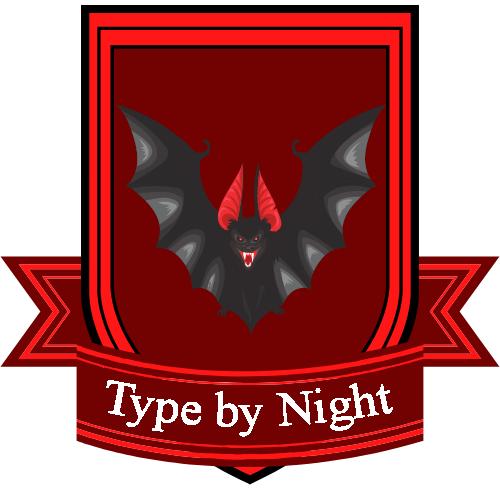
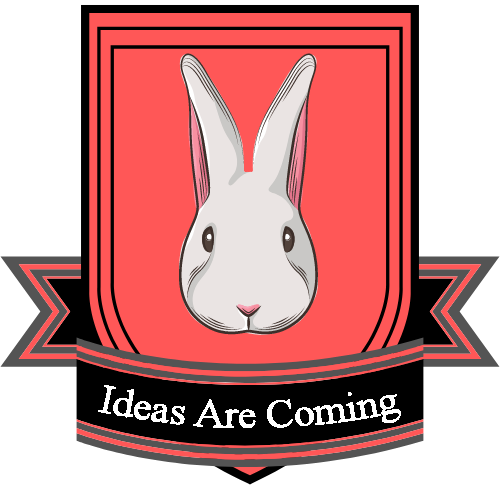
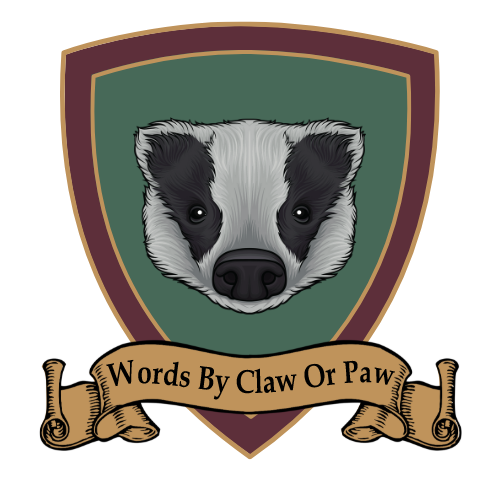
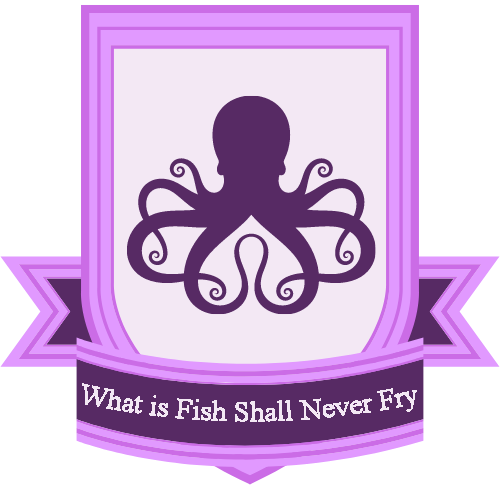


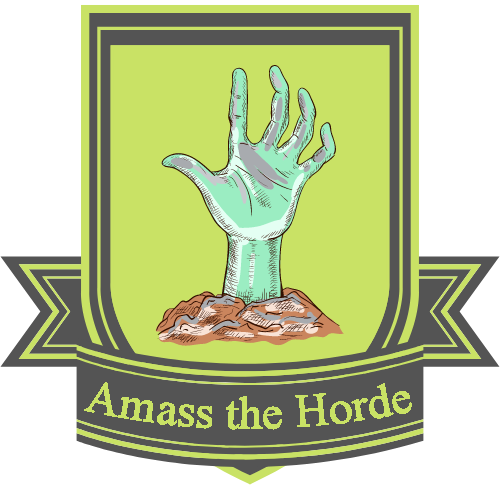

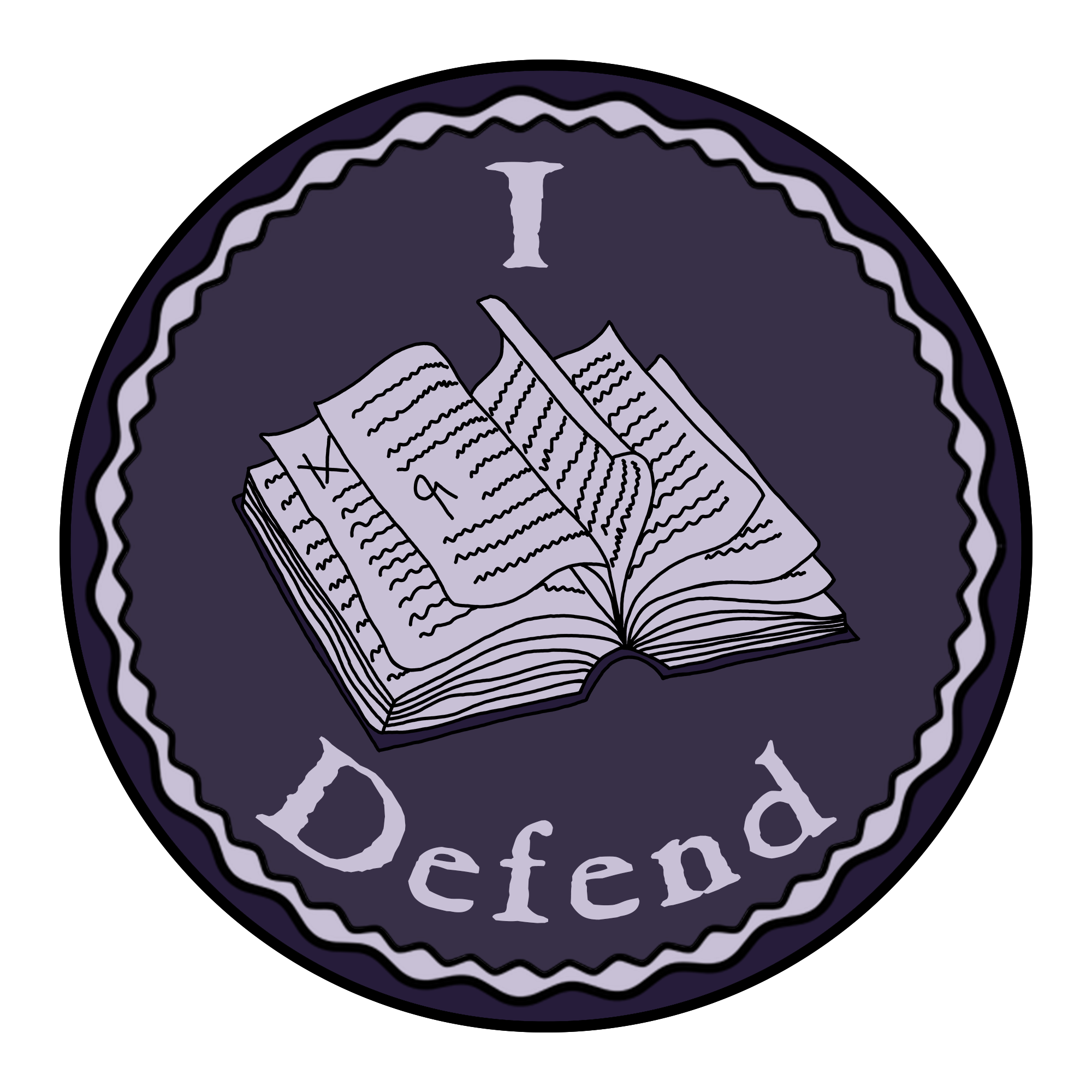
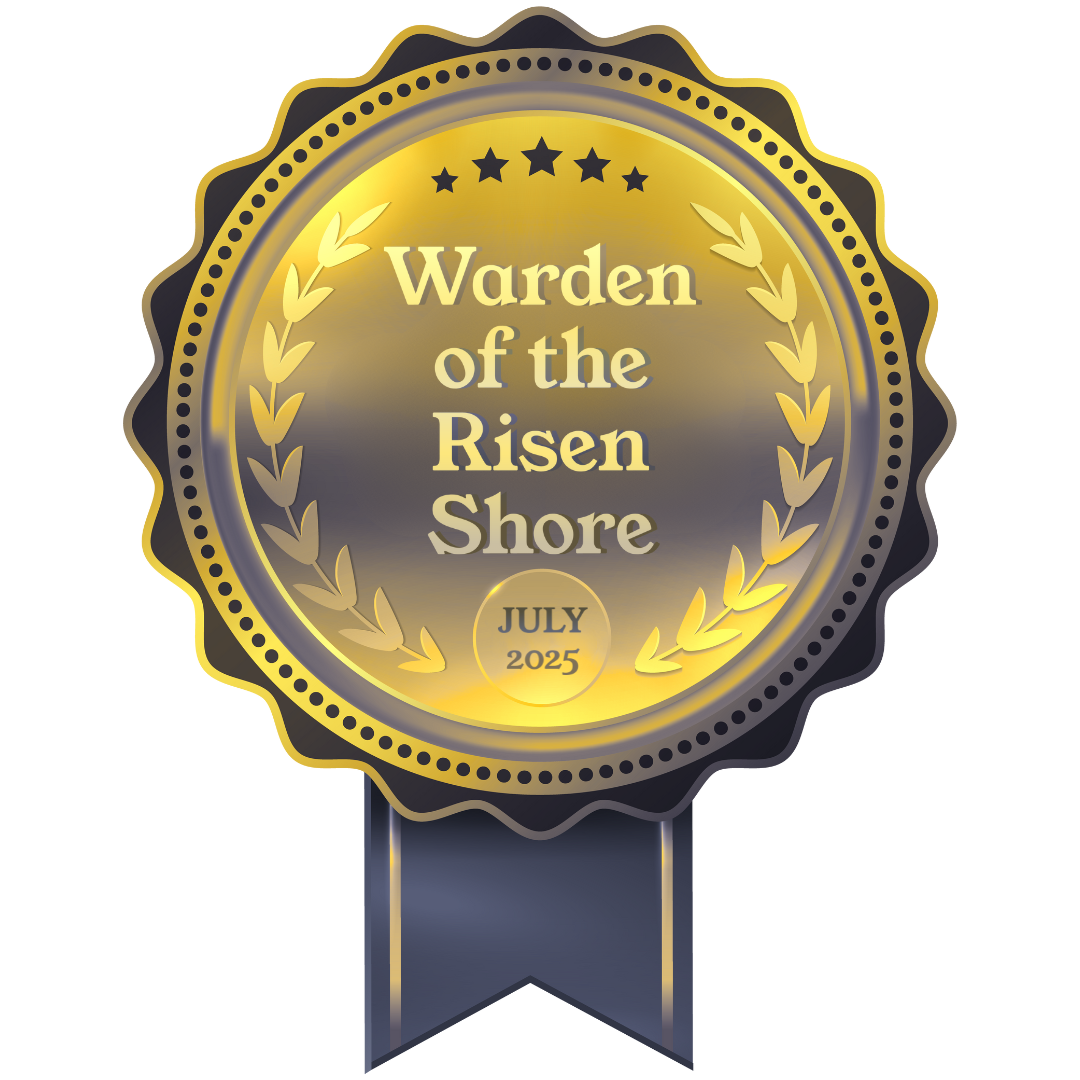







Comments